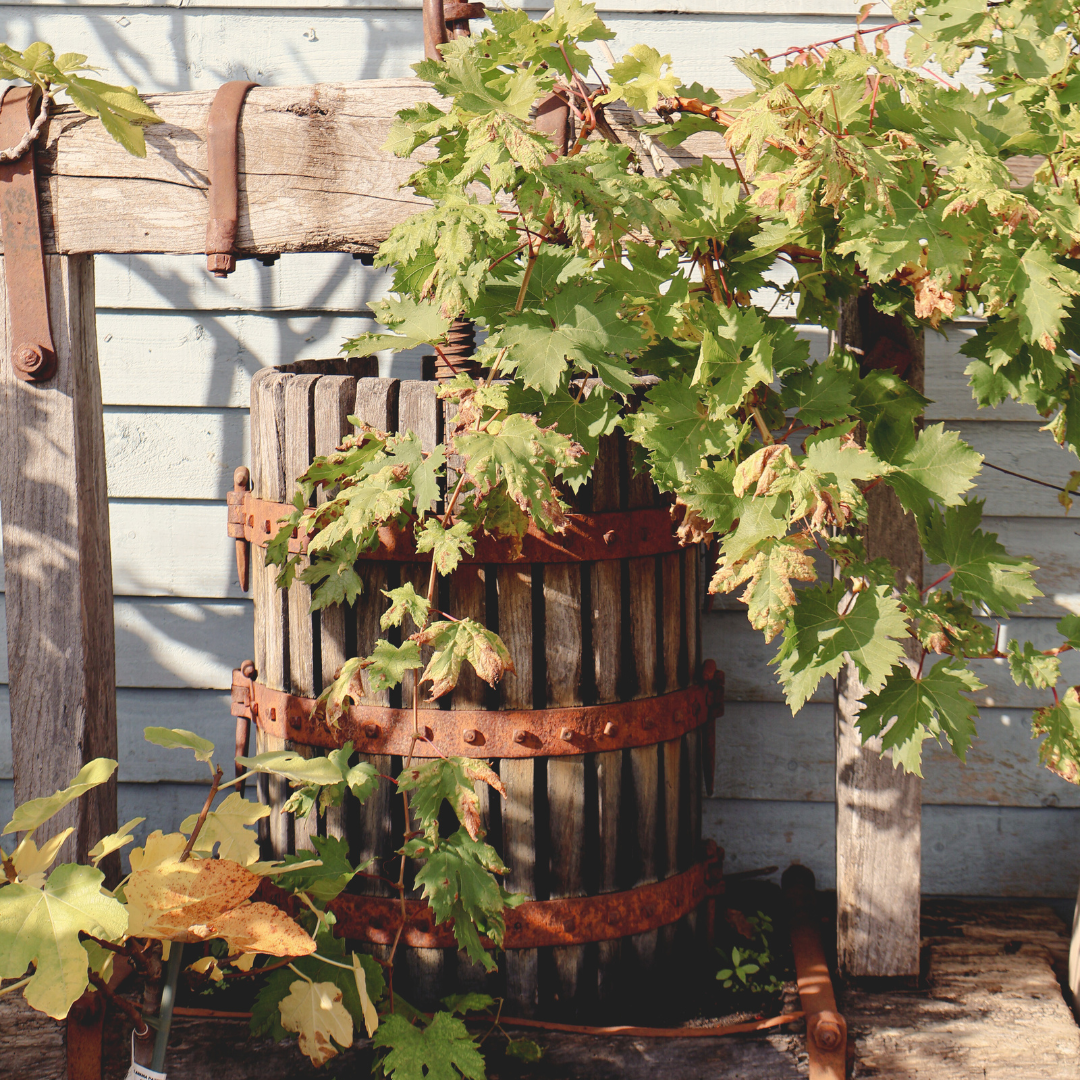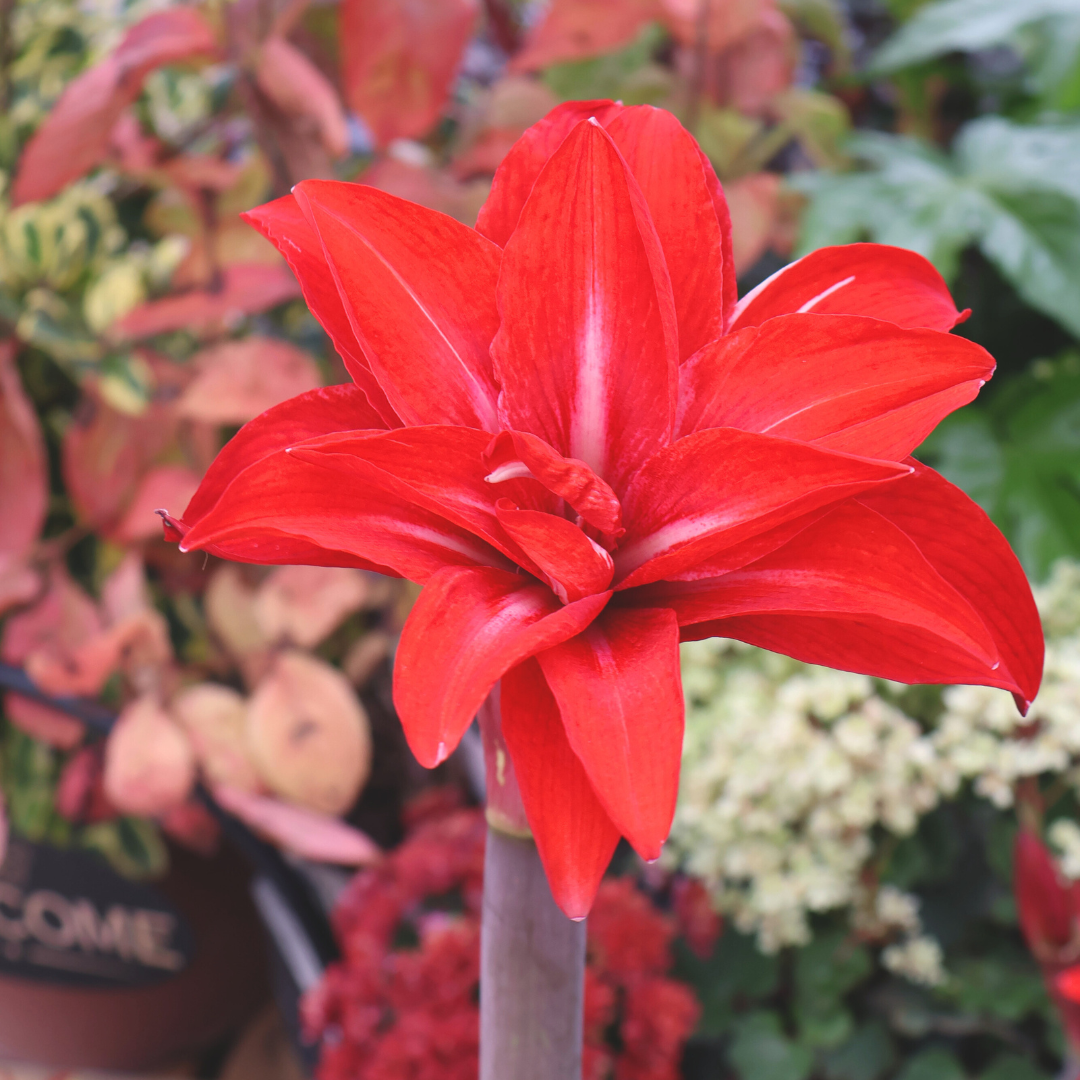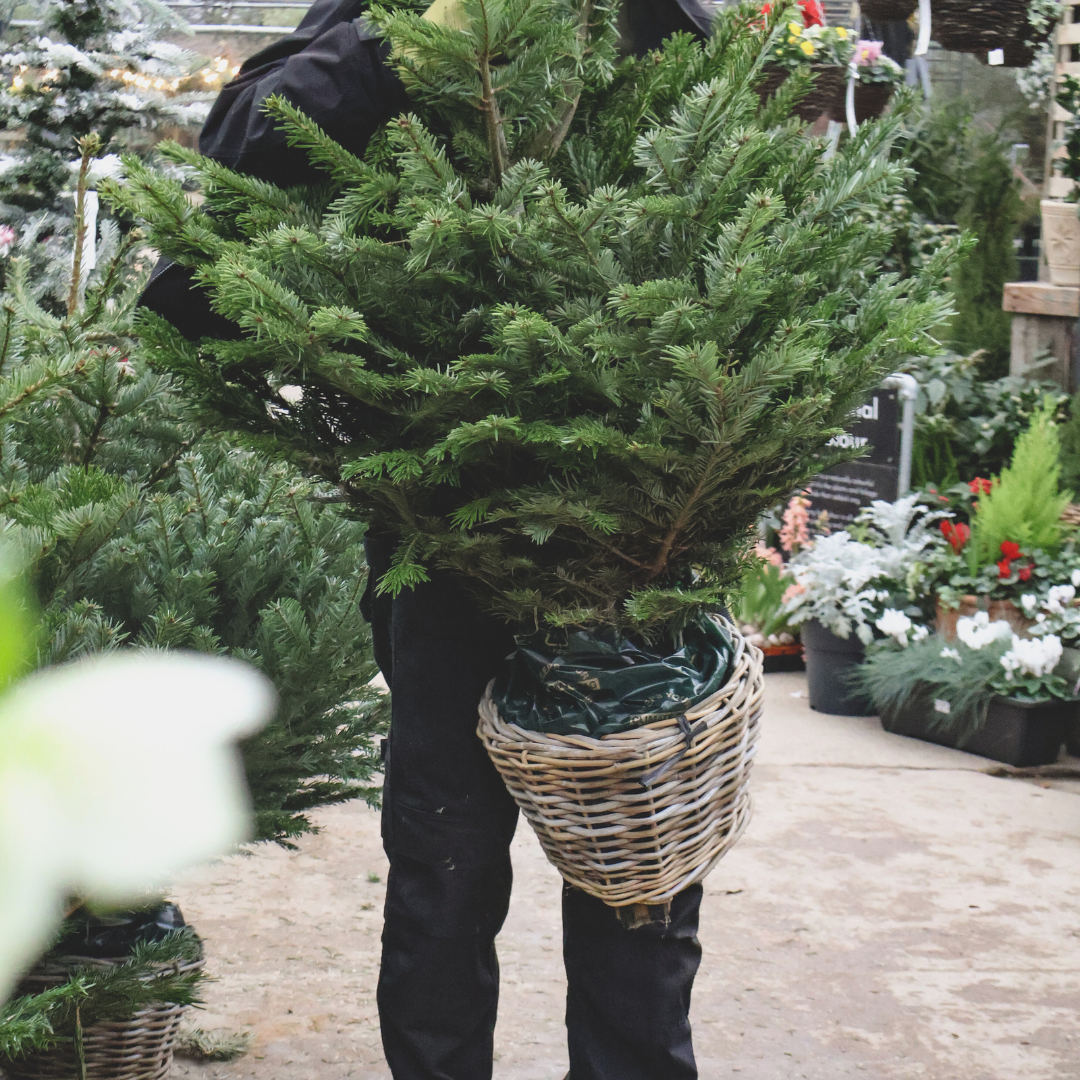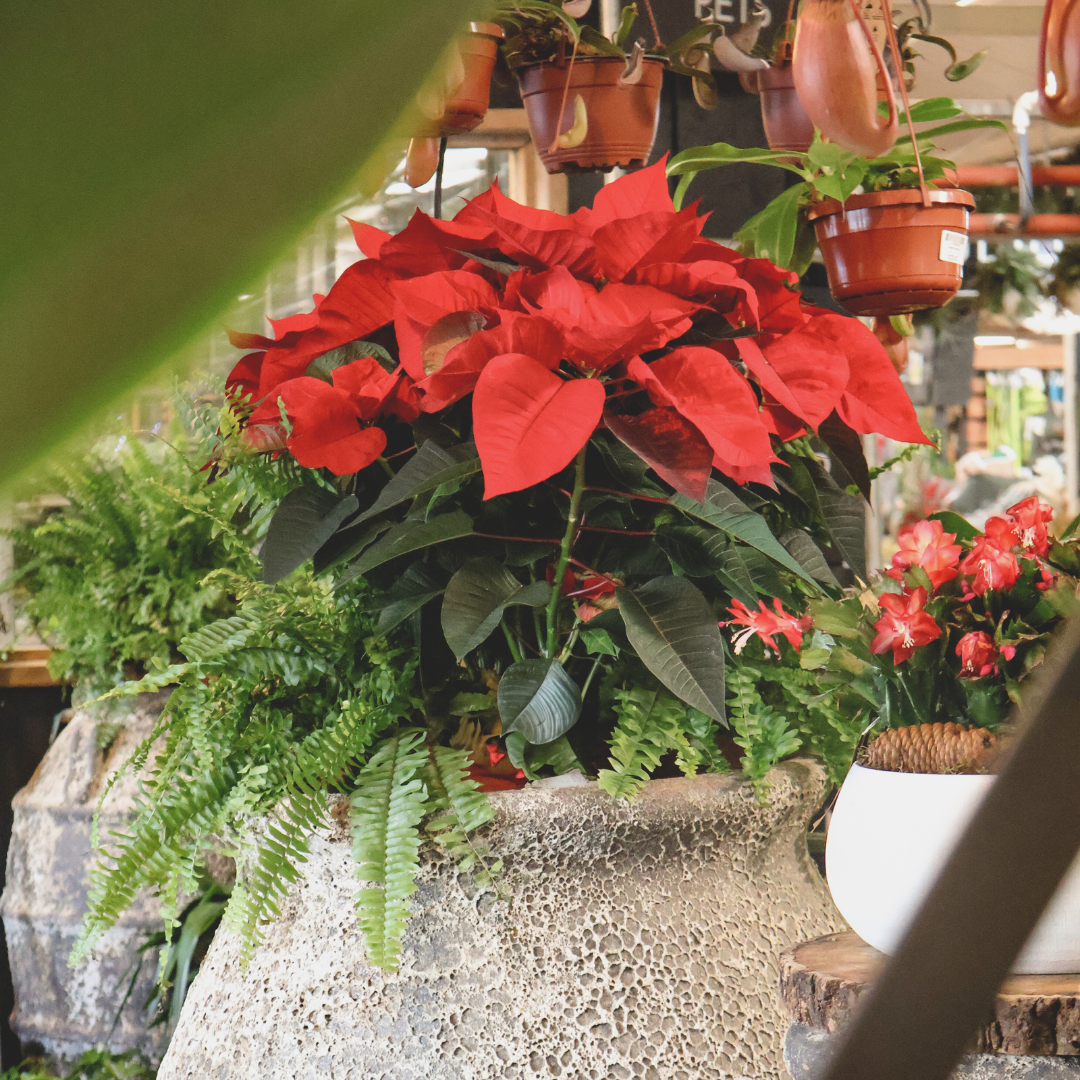Garden Trends for 2026: What to Expect

Gardening is evolving — our outdoor spaces are no longer just about plants and flowers. In 2026, more than ever, gardens are going to reflect values, personal stories, environmental sense, and a blending of beauty with purpose. Here are the key trends shaping gardens next year, plus ideas for how you can adapt them in your own garden.
1. Purpose-Driven Gardening
People are becoming more intentional about what their garden does, not just how it looks. This means designing gardens that support pollinators, encourage biodiversity, help with local ecosystems, provide food, or simply give mental well-being. Garden Media’s “Lemonading” report describes how gardening is turning into a source of comfort, creativity and connection.
How to try this at home:
-
Plant pollinator-friendly flowers such as lavender, echinacea, or verbena.
-
Encourage habitat features: bird boxes, bug hotels, ponds or water features.
-
Grow edibles—vegetables, herbs, berries—in mixed beds or in pots.
2. Climate-Resilient & Water-Wise Gardens
With hot, dry summers becoming more common in the UK, gardeners are looking for plants and design strategies that can cope with heat, drought, or unpredictable weather. It's not just about survival — it’s about beautiful resilience.
Ideas to apply:
-
Choose drought-tolerant or heat-tolerant species. Mediterranean plants, hardy shrubs, certain grasses, succulents etc.
-
Use mulches, gravel beds, and well-draining soils to reduce water needs.
-
Replace part of the lawn with ground cover, gravel or garden features to reduce maintenance and water usage.
3. Rich, Deep Colour Palettes & Bold Foliage
After years of softer tones, the pendulum is swinging toward drama. In 2026, rich jewel tones and luxurious foliage will be big: velvets of burgundy, deep plums, emerald greens, contrasted by softer tones like “faded petal” (a more muted pink) for nostalgia and warmth. Oversized leaves and architectural foliage will add texture, contrast and structure.
Ways to incorporate these:
-
Introduce plants with deep foliage: dark grasses, cotinus, heucheras, hostas with dramatic leaves.
-
Use accent plants in saturated colours: rich roses, bold perennials, new cultivars with dramatic petals.
-
Use foliage contrast — mix leaf shapes, sizes, hues to create visual layers

4. Green-Drenched, Lush Retreats
Gardens that feel like refuges — lush, layered, and green. Instead of sparse planting, there is a shift toward gardens that envelop you. Multiple textures, layers, and tones of green create tranquillity, privacy and a sense of escape.
How to achieve it:
-
Plant in layers — tall trees or shrubs, mid-height plants, low ground cover.
-
Use evergreen plants to keep structure in winter.
-
Don’t be afraid to let things look a bit wild; natural outlines, softer edges.
5. Native & Edible Landscapes
Combining beauty with utility is becoming more central. Native species are valued for their lower maintenance, ecological benefits (supporting insects, local wildlife), and suitability to local soils and climate. Meanwhile, growing edibles is no longer just about kitchen gardens—it’s about integrating food plants into ornamental planting to create landscapes that are both beautiful and productive.
Ways to weave this in:
-
Welcome native trees, shrubs, and flowers — they often need less care once established and help local insects.
-
Combine edible plants with ornamentals (e.g. berries as part of hedging, herbs in borders).
-
Try garden-edible themes: fruit trees, berry bushes, vegetable beds that are also visually attractive.
What to Watch Out For
-
Availability: Some of the trend plants (e.g. newer cultivars or rarer edibles) may be harder to source early in the season.
-
Suitability to your garden: Soil, light, climate matter. What works beautifully in one area may struggle in another.
-
Maintenance vs. Sustainability: Lush gardens look great, but may demand more resources (water, feeding). Balance looks with sense.
2026 gardening is about purpose, resilience, richness and soulful expression. It’s about making gardens that are beautiful and meaningful; that delight the senses, help the planet, and reflect our personal stories. Whether you are a novice or an expert, there’s something in these trends to inspire.








